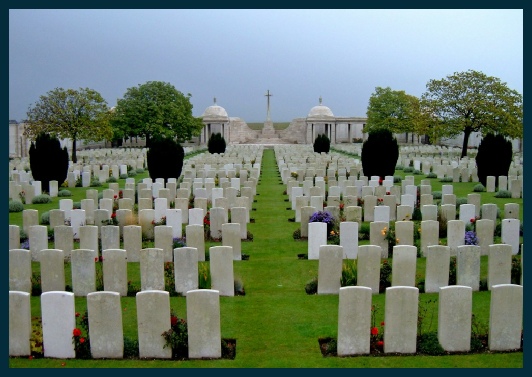Copyright © All rights reserved.



Born in the third quarter of 1894 in Malton, Ernest Boyes was the fourth son of William and Maria Trenham (nee Harper)Boyes who married in the second quarter of 1877 in the Malton area.
In 1901 William and Maria were living at the Waterworks Cottages on Sheepfoot Hill in Malton with their five children and William was working as a carter for the Town Council.
1901 census – resident at 4, Water Works Cottage, Malton
BOYES, William, Head, Married, M, 48, Carter To The Malton Urban Council, Norton Kent, (sic)
BOYES, Maria, Wife, Married, F, 45, , Sinnington Yorkshire,
BOYES, John Henry, Son, Single, M, 20, Apprentice Cabinet Maker, Broughton Yorkshire,
BOYES, William, Son, Single, M, 17, Apprentice French Polisher, Broughton Yorkshire,
BOYES, George Alfred, Son, Single, M, 11, , Broughton Yorkshire,
BOYES, Caroline, Daughter, Single, F, 7, , Malton Yorkshire,
BOYES, Ernest, Son, Single, M, 6, , Malton Yorkshire,
By 1911 they had moved to 13 Castlegate and all their children were working, Ernest as a groom for a cab service probably based at one of the hotels
BOYES, William, Head, Married, M, 58, Urban Dist Council Labourer, Norton Malton Yorks,
BOYES, Maria, Wife, Married, F, 55, , Sinnington Pickering,
BOYES, Alfred, Son, Single, M, 21, Carr Cleaner Railway Co, Broughton Malton Yorks,
BOYES, Caroline, Daughter, Single, F, 17, Restaurant Waitress, Malton Yorks,
BOYES, Earnest, Son, Single, M, 16, Groom Cab Service, Malton Yorks,
Ernest enlisted in the 10th (Service) Battalion of the Yorkshire Regiment which was formed at Richmond on 30 September 1914, as part of K3 and in October was attached to 62nd Brigade, 21st Division.
They moved to Berkhamsted and in October 1914 went on to Halton Park near Tring and spent November 1914 to May 1915 in billets in Aylesbury before returning to Halton Park. They moved to Witley Camp in August 1915 before shipping to France, and on 10th September 1915 they landed at Boulogne.
Their first experience was truly appalling. Having been in France for only a few days, lengthy forced marches brought them into the reserve for the British assault at Loos. GHQ planning had left them too far behind to be a useful reinforcement on the first day, but they were sent into action on 26 September, whereupon the Division suffered over 3,800 casualties for very little gain. Among the dead was Ernest Boyes, killed in his very first action.
Ernest has no marked grave but is commemorated on the Loos Memorial in Dud Corner Cemetery. Dud Corner Cemetery stands almost on the site of a German strong point, the Lens Road Redoubt, captured by the 15th (Scottish) Division on the first day of the battle. The name "Dud Corner" is believed to be due to the large number of unexploded enemy shells found in the neighbourhood after the Armistice.
The Loos Memorial commemorates over 20,000 officers and men who have no known grave, who fell in the area from the River Lys to the old southern boundary of the First Army, east and west of Grenay. The memorial was designed by Sir Herbert Baker with sculpture by Charles Wheeler. It was unveiled by Sir Nevil Macready on 4 August 1930.

Ernest Boyes